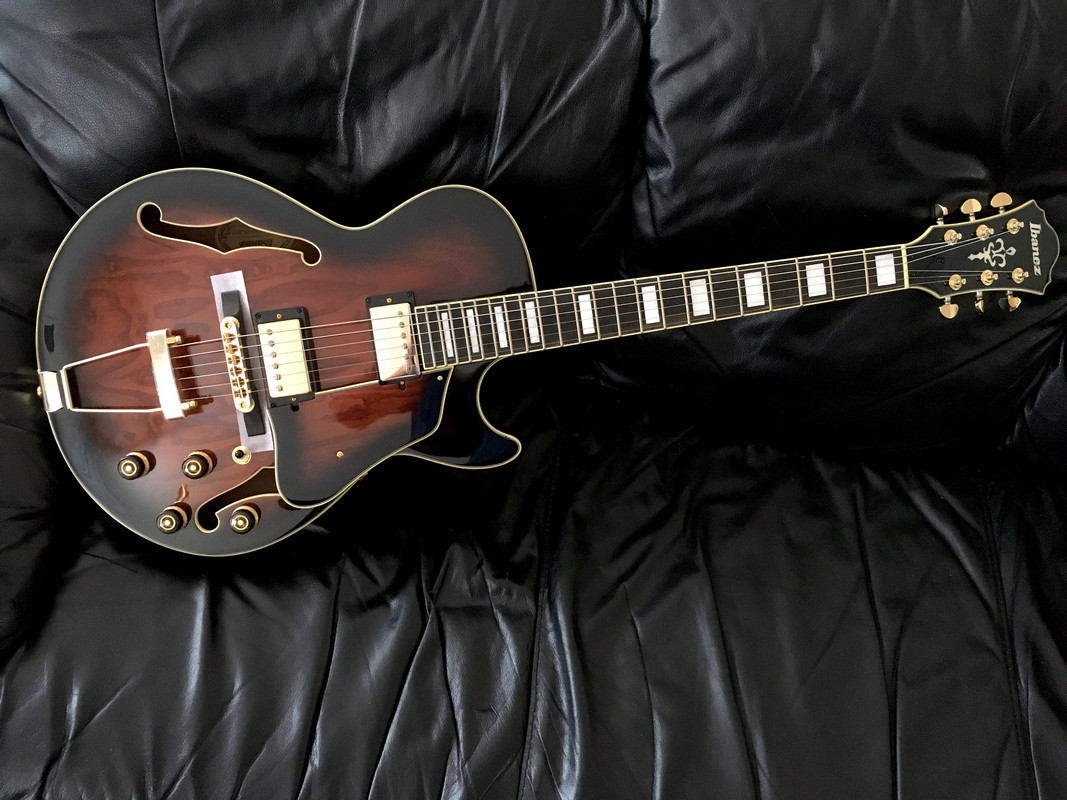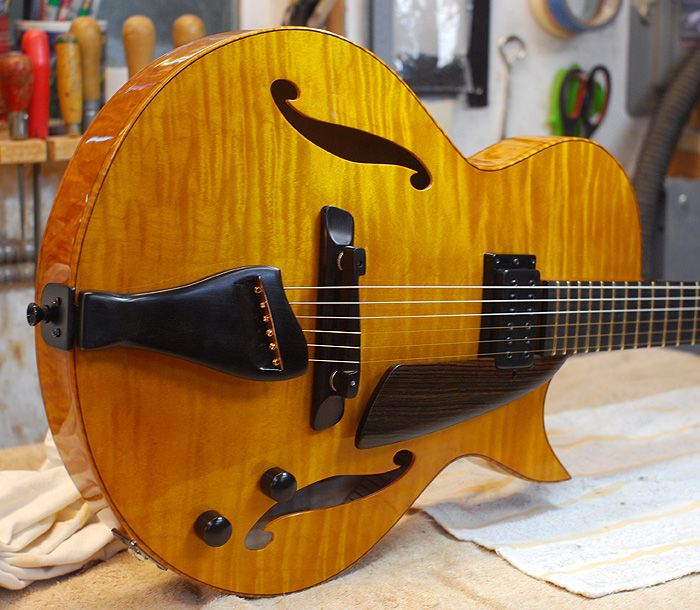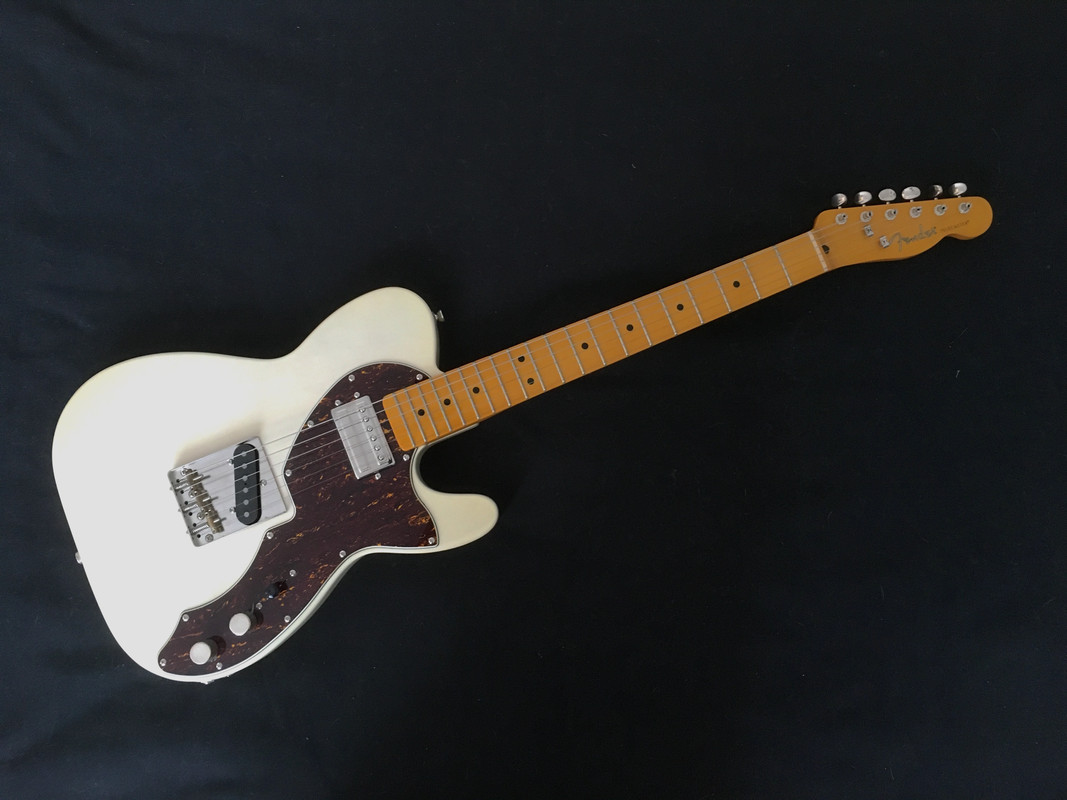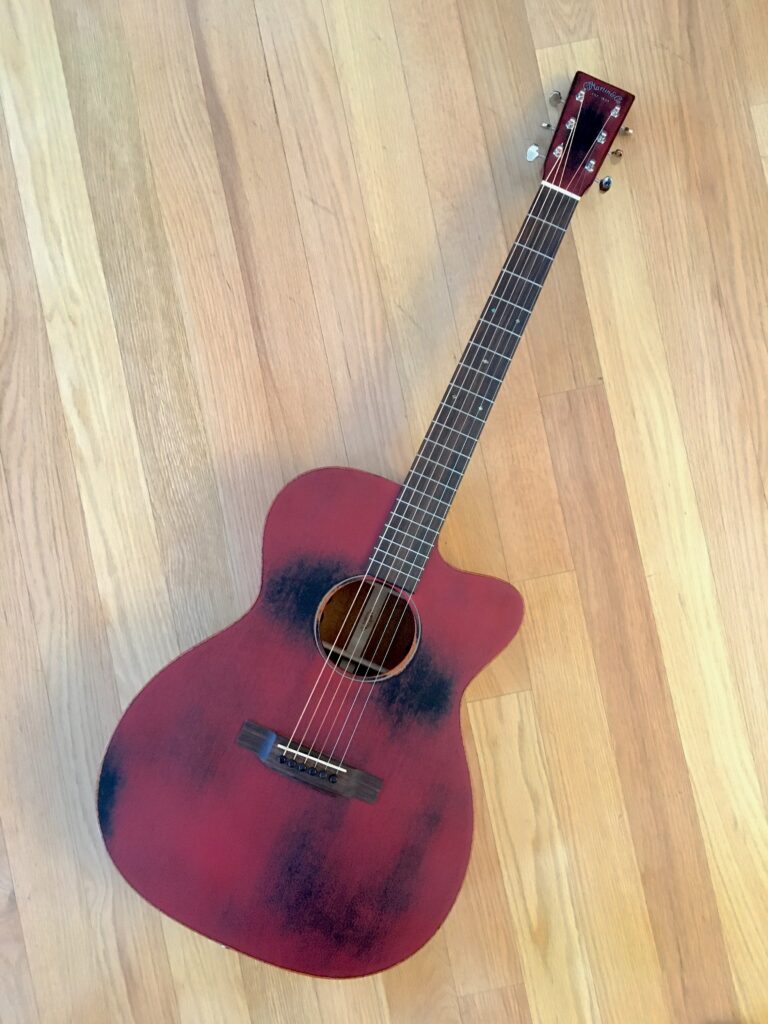Despite the somber sounding title, this is an upbeat post. In fact, it’s a call-back to what may be considered one of the top summer songs of the rock era. Eddie Cochran wrote and recorded this anthem of teenage angst and frustration in 1958. I first heard it performed on record by the band Blue Cheer,

The album cover for Vincebus Eruptum, by Blue Cheer (1968)
and then shortly after by the Who (the version recorded on the Live At Leeds album is tremendous).
%3Aformat(jpeg)%3Amode_rgb()%3Aquality(40)%2Fdiscogs-images%2FR-4397435-1387570421-8736.jpeg.jpg&f=1&nofb=1)
Live At Leeds double-LP album cover by the Who, 1970
It’s a pretty simple song: The standard I, IV, V chord structure of blues and many rock songs.
So why post an article about it?
Realizing that almost a month has gone by since my last post, I felt the need to update the blog. And since I’ve been playing a lot of guitar this year, and it’s summertime, it all seemed to fit. In fact, I’m pretty upbeat about my guitar playing of late as well, and the blues has been a big part of that.
There are times when I feel playing nothing but blues guitar is a bit limiting, so I keep going back to some non-blues pieces I enjoy playing. Songs from artists such as America, David Crosby, the Allman Brothers, and the vastly underrated (in my opinion) Love.
I suppose most everyone remembers the summers of their youth as the “best of times.” In my case, the years 1967-1969 were not only the best of my time, but were pivotal years in modern history and culture. There was the “Summer of Love” (1967) and Woodstock (1969).

The 1969 Woodstock Music & Arts Festival logo
Yes, there was turmoil (the riots following the assassination of Dr. Martin Luther King, Jr. and the fiasco at the Democrat Convention in 1968), but the music generated spoke powerfully of the social issues of the day. Sentiment against the ongoing war in Vietnam had divided the USA, and many songs reflected this division.
Every time I pick up my guitar and play a song from the summers of my youth, I am transported back in time to those days, where I wander with a smile on my face and memories that live forever. Summertime blues? Never!
















:format(jpeg):mode_rgb():quality(40)/discogs-images/R-664122-1178800836.jpeg.jpg)




